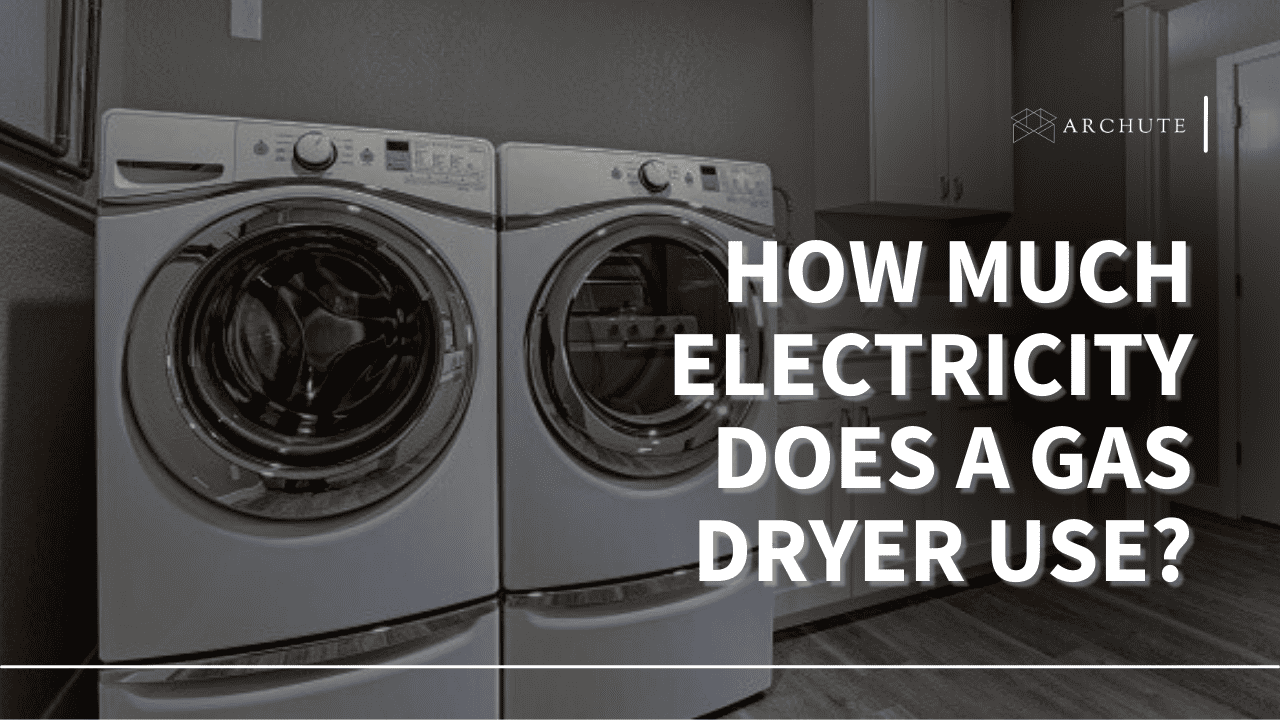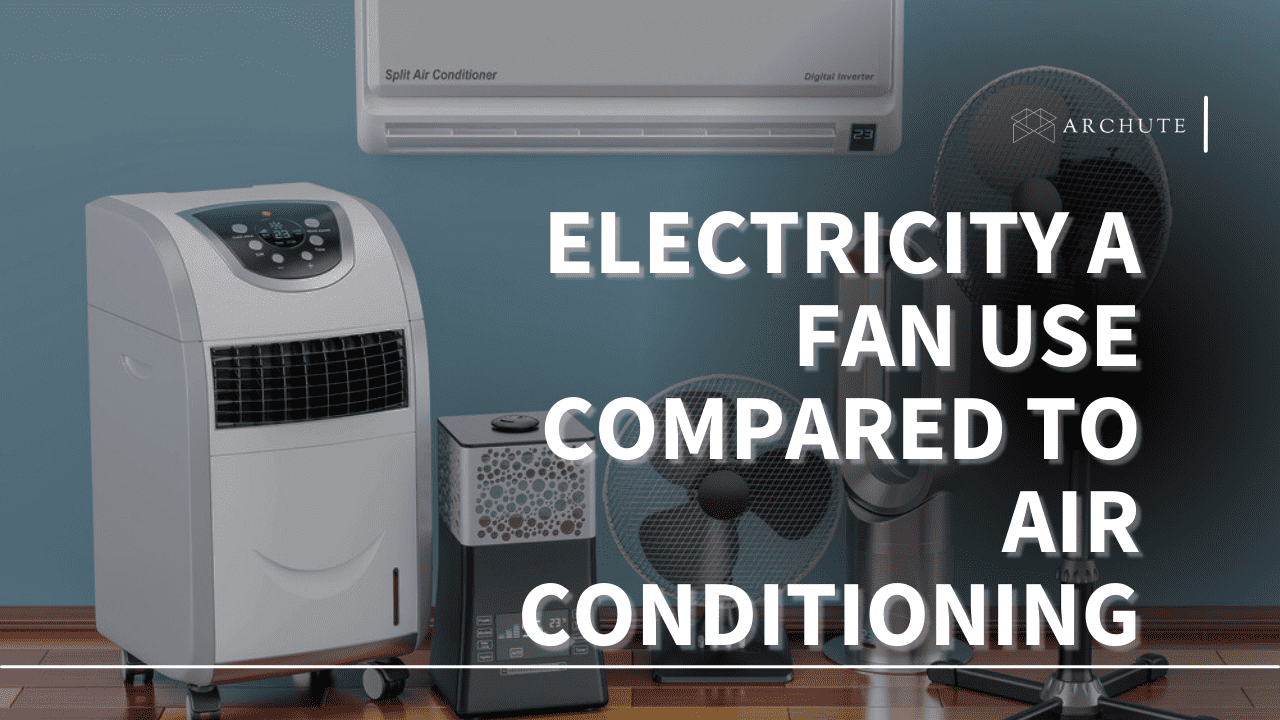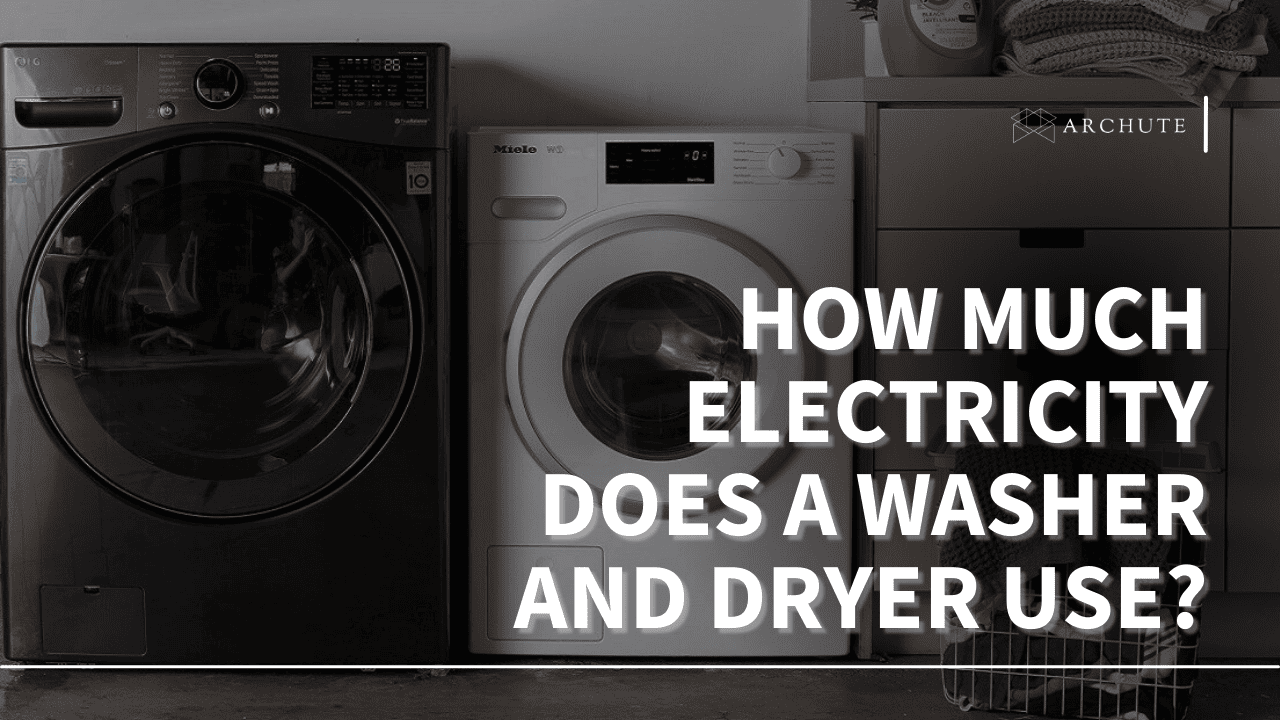It is important to know the electricity consumption of household appliances in the drive towards energy efficiency and sustainability. These are some of the common types of dryers and they are preferred due to their efficiency and economical nature. Nevertheless, it is crucial to understand how much electricity gas dryers use with the aim of making right decisions regarding their use.
In this article, more about the factors that influence electricity consumption of gas dryer, the efficiency of the dryer, and measures that can be taken to enhance electricity consumption of the dryer.
Let’s get started!
Types Of Gas Dryers And Their Electricity Usage
Gas dryers can be categorized into two types based on their ignition systems: These include standing pilot ignition dryers and electronic ignition dryers. They have contrasting electricity usage patterns.
1. Standing Pilot Ignition Dryers
These dryers employ a pilot flame that is always alight to ignite the gas burner each time the dryer is in operation. They use a little power to ignite the pilot flame and regulate the dryer’s operations. Nevertheless, the use of electricity is way less than an electric dryer because the heat is produced through burning natural gas or propane.
2. Electronic Ignition Dryers
Electronic ignition dryers are found more often in modern home appliances. Rather than a continuously burning pilot flame, these dryers employ an electrical ignition system to ignite the gas burner. They also have electronic controls and sensors that need electricity to perform most functions of the dryer. Electronic ignition dryers use slightly more electricity compared to the standing pilot ignition dryers but much less when compared to the electric dryers.

Image credit: thespruce.com
Electricity Consumption Of A Gas Dryer
If you want to determine how much electricity does a clothes dryer use you will have to look at both the gas and electricity aspects. Clothes dryers use natural gas mainly to heat the drum and air but need electricity for the motor, control system, and other electrical parts.
Here’s a step-by-step guide to calculating the electricity consumption of a gas dryer:
1. Determine The Wattage Of The Electrical Components
The wattage rating is the measure of the electrical power that is used by the dryer. It consists of the motor, the control panel, the light and all the other electrical parts. This information can be obtained from the manufacturer’s specifications, the user manual, or the label that is affixed to the dryer. The wattage is usually given in watts or kilowatts where kW is equal to 1000W.
2. Calculate The Energy Usage Per Hour
After identifying the wattage of the dryer then the energy consumption per day can be obtained from the wattage by multiplying the wattage with the number of hours the dryer runs per day. For instance, if your clothes dryer has a wattage rating of 500 watts and you use it for 2 hours daily, the energy consumption will be 500 watts * 2 hours = 1,000 watt-hours or 1 kilowatt-hour (kWh).
3. Determine The Operating Days Per Month
For example, calculate how many days you usually employ the clothes dryer in a month. This number can change based on your activity, climate, and preferences that are personal to you. But for instance you use the dryer for 15 days in a month.
4. Calculate The Monthly Energy Consumption
To calculate the total energy consumption per month divide the energy used per hour in kilowatt hours by the number of hours the dryer is used each day. Then, you can multiply it by the average working days in a month in this particular country. Going with the previous example, if your clothes dryer requires 1kWh per a day and you use it for 15 days, then the monthly energy consumption will be = 1 kWh * 15 days = 15 kWh.
Calculating The Cost Of Running A Gas Dryer
To find out how much it costs to run a gas dryer, you should figure out how many watts of power a clothes dryer utilizes and the rate of electricity in your town. Here’s a step-by-step guide:
- Check the power consumption of your gas dryer and use the above formula to determine energy consumption.
- Determine the cost of electricity: The cost of electricity per kWh can be gotten from your electricity service provider or from your electricity bill. It is often quoted in cents or dollars per kilowatt-hour. For the purpose of our analysis, let us assume the cost of electricity to be $0. 15 per kilowatt-hour.
- Calculate the electric cost: Multiply the energy consumption (in kilowatt-hours) by the cost per kilowatt-hour of electricity. Using the previous example:
Electric cost = Energy (kWh) x Cost of electricity ($/kWh)
= 1.5 kWh x $0.15/kWh
= $0.225
Therefore, to power your clothes dryer for 1 hour, you would spend roughly $0. 225 in electricity.
Factors Influencing How Much Electricity A Gas Dryer Uses
Clothes dryers mainly use natural gas for heating, but they also need electrical energy to operate different parts. Here are some key factors that can impact the electricity consumption of a clothes dryer:
- Gas Ignition: Gas dryers most often incorporate an electric igniter to light the gas and generate the heat needed for the drying process. The ignition process requires electrical energy and the efficiency of the igniter may influence consumption.
- Drum Rotation: There is a drum located within the dryer that turns to twist and mix the clothes to ensure they dry evenly. The motor that turns the drum uses electricity, and its performance determines the amount of energy used by the washing machine.
- Air Circulation: Clothes dryer employs the use of a blower or a fan to force hot air into the drum of the dryer. The condition of the blower motor and the capacity to provide airflow influences energy consumption.
- Heat Control: The clothes’ temperature might be regulated by different heat settings within the gas dryers. Higher heat settings may use electricity more than the lower ones because the heating elements need increased energy to heat up to the desired level and sustain the heat.
- Drying Time: The time taken by the drying cycle is also another factor that influences the use of electricity. Lengthy drying times mean that the clothes dryer has to run for longer periods, thus leading to high energy consumption.
- Load Size: This is true because the number of clothes that are dried in each cycle will determine the amount of energy that is used. For instance when washing large items like pillows in the dryer it may take more time and energy to dry thoroughly.
- Ventilation: It is therefore important to ensure that the dryer is well vented to ensure that it works efficiently. If the vent is either blocked or restricted, the dryer will take longer to dry the clothes, thus using more energy.
- Energy Efficiency Rating: Energy efficiency ratings of gas dryers show how efficiently they consume electricity. When drying the same load of clothes, the Energy Star appliances use less electricity.
Tips On Reducing How Much Energy A Gas Dryer Use

Image credit: pensacolaenergy.com
Here are some tips to help you reduce the energy consumption of your gas dryer:
- Full loads: Make an effort to operate your gas dryer with full loads whenever it is possible. The continuous running of partial loads is counterproductive as it consumes a lot of energy and other resources. As for the smaller loads, try not to use a dryer and let them air dry instead.
- Proper loading: Do not overload your dryer because it can cause inadequate drying of your clothes. On the other hand, do not overcrowd it; the clothes require some space in order to turn and dry effectively.
- Pre-drying: You should note that before using your gas dryer, you can reduce extra moisture by air drying your clothes. For instance, you can dry them on a clothesline if the weather is good or use a drying rack indoors. This can, in turn, help drastically cut down on drying time.
- Clean the lint filter: It is also important to clean the lint filter before each drying cycle. A clogged filter obstructs air circulation and puts more work on your dryer, therefore using more energy. Another benefit of clean filters is the avoidance of possible fire risks.
- Use moisture sensors: It is also important to clean the lint filter before each drying cycle. A clogged filter obstructs air circulation and puts more work on your dryer, therefore using more energy. Another benefit of clean filters is the avoidance of possible fire risks.
- Different fabrics: Organize your garments according to the type of fabric and density. Light items take a shorter time to dry than bulky ones especially if you use fabric softener; therefore, drying them together is a waste of energy. Sort them and try to group similar items so that they can dry faster.
- Optimize drying cycles: Use all the drying cycles available in your dryer in order to get the best results. For small or lightly soiled loads, reduce the drying time or the heat of the dryer. Adjust its parameters to come up with the most suitable values depending on your circumstances.
- Timed drying: If there are certain time requirements for drying, use the timed drying function instead of the automatic sensor. This way, you can avoid over-drying and wasting energy in your energy-efficient home as you will only run the dehumidifier for shorter periods.
- Ventilation: If the dryer venting system is blocked or not well designed, then the dryer will be less efficient and will have to use more energy. Cleaning and checking of the venting system should be done often so that proper ventilation is maintained.
- Regular maintenance: Take good care of your gas dryer. Clean the drum as often as possible, ensure the exhaust vent is clear and have your dryer examined by a professional once per year.
Frequently Asked Questions On How Much Electricity Does A Gas Dryer Use

Image credit: angi.com
A) Which Is Cheaper To Run, A Gas Or Electric Dryer?
In general, it can be claimed that gas dryers are more efficient in terms of operating costs. However there are pros and cons when it comes towards the comparison between the cost of using gas as opposed to electricity in dryers.
The cost of acquiring gas dryers is relatively high than electric dryers. Comparing the cost of gas and electric dryers involves getting the energy rates of your energy providers and noting down the efficiency of the models of dryer that you want to purchase.
B) Does A Gas Dryer Use A Lot Of Electricity?
Gas dryers are more energy efficient since these types of dryers only require electricity to run their motors and control panels. They use natural gas to generate heat which is cheaper than depending on electricity for heating purposes. This makes them more cost effective in the long-run especially in regions where natural gas is abundant and cheap.
C) How Much Does Running A Gas Dryer Per Load Cost?
The amount of cost that is incurred to run a gas dryer per load is influenced by things like the efficiency of the dryer, the prices that are charged by your local utility and the particular model of the dryer. A gas dryer can cost about $0. 15 to $0. $0.30 per load, which depends on the load size and average energy use of the device.
Models that are energy efficient and lower utility bills may help in lowering the cost per load. Nevertheless, proper maintenance and usage habits would go a long way in reducing the overall costs in time.
Conclusion
Knowledge on the use of electricity by clothes dryers is important to help in decision making on electricity usage and conservation. Clothes dryers need electricity for some of their parts but they use far much lesser electricity compared to that which is used by electric dryers. The users may further reduce energy consumption and gain other advantages of effective and affordable drying by defining load size, sensors, time control, maintenance, and venting.
















